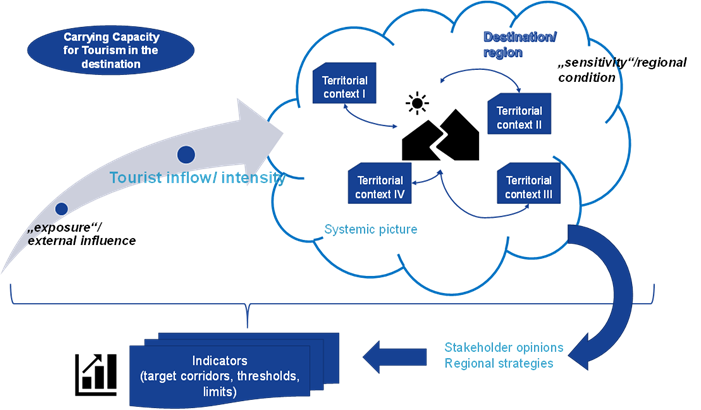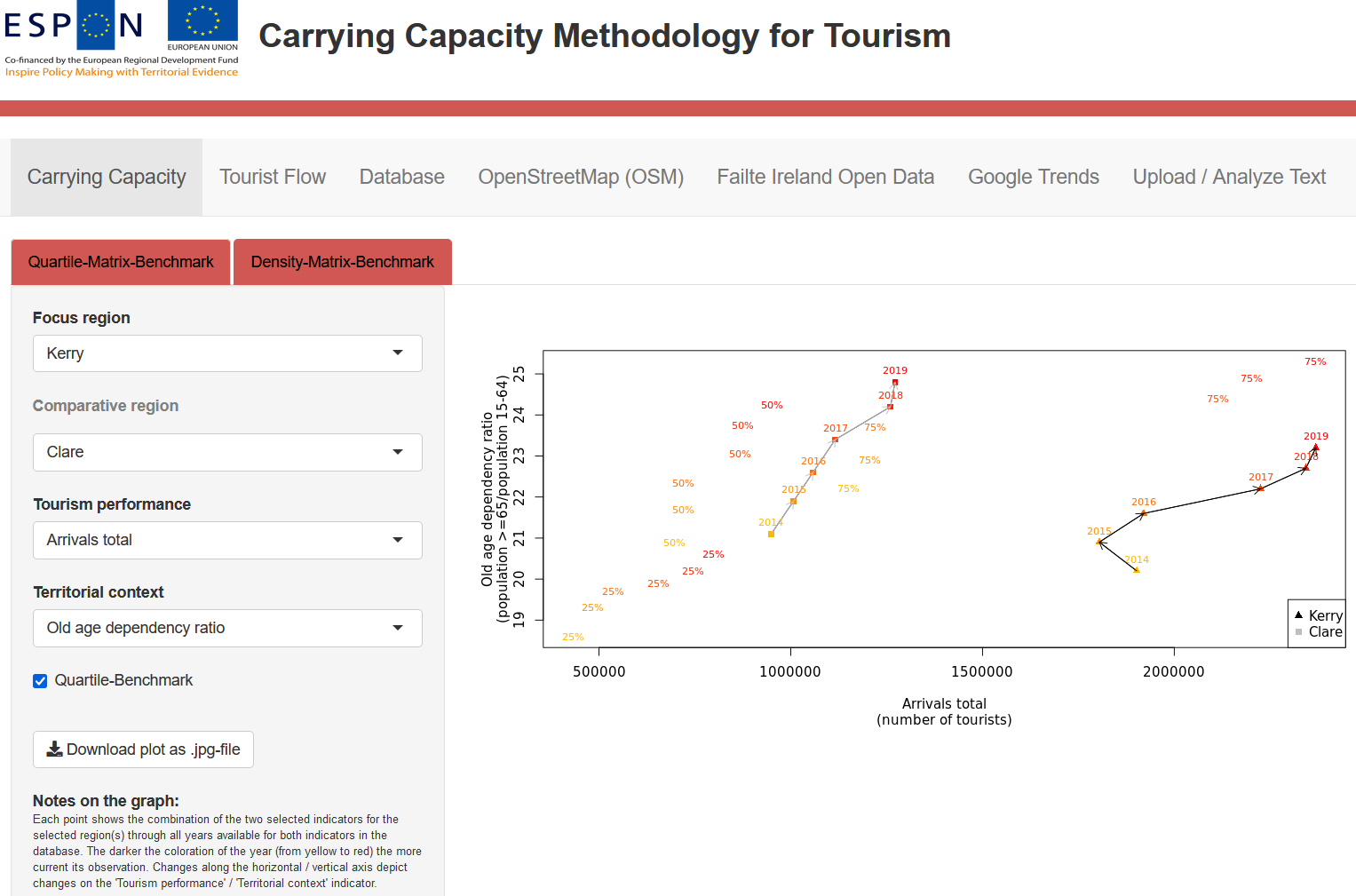Carrying Capacity Methodology for Tourism

Tourism, for many cities and regions, is a propulsive source of economic vitality and its economic health can profoundly influence the course of regional development. However, in the last few decades, there has been a paradigm shift in how society views the relationship between tourism, development and sustainability. There is now a greater emphasis on reducing social disparities, maintaining acceptable levels of quality of life for citizens, and preserving environmental quality, biodiversity, and non-renewable resources. Levels of tourism that negatively impact the environment, the host community, and the quality of public services and infrastructure will, over time, erode the appeal of the city or region as a tourist destination as well as the quality of life for its residents and can lead to loss of economic vitality. Considering the growing number of tourists, the assessment of the current situation and identification of the vulnerability of destinations are extremely important in order to operate within the carrying capacity limits of territorial regions. The negative consequences of exceeding the carrying capacity due to overtourism or the misuse of the local resources are countless and can quickly lead to a decrease in quality of life for all parties in the tourism ecosystem, be it humans or natural resources.

A research consortium funded by ESPON EGTC, the European Spatial Planning Observatory Network, developed a methodology that showcases how to identify and consider the specific territorial context for measuring the carrying capacities of tourist destinations across Europe for better management and planning. The application of this methodology according to a supporting handbook developed by the consortium reveals the impact of tourist flows and carrying capacity limits. It provides an empirical foundation to the respective territories and helps local stakeholders to assess the impact of tourism in their region based on the three pillars of sustainability. Recommendations to regional and local practitioners are provided to assess their situation and identify vulnerabilities in relation to sustainable tourism.
The methodology has been already applied to different types of destinations in Slovenia (including a cross-border destination), Italy and Ireland, to allow for a better generalization of its applicability in terms of regional economic, environmental, and societal characteristics and touristic idiosyncrasies. Dashboards interactively presenting statistical indicators and big data (social media and various other open data sources) have been developed for the case study regions to allow local stakeholders to further explore their destination. The sample screenshot below is taken from the dashboard developed for the case of the Iveragh Peninsula, Rep. of Ireland, by the consortium of Modul University Vienna and the Austrian Institute for Regional Studies and Spatial Planning (ÖIR).

Find out more about…
…the project Carrying Capacity Methodology for Tourism
…research work run by Modul University Vienna’s Academic Schools